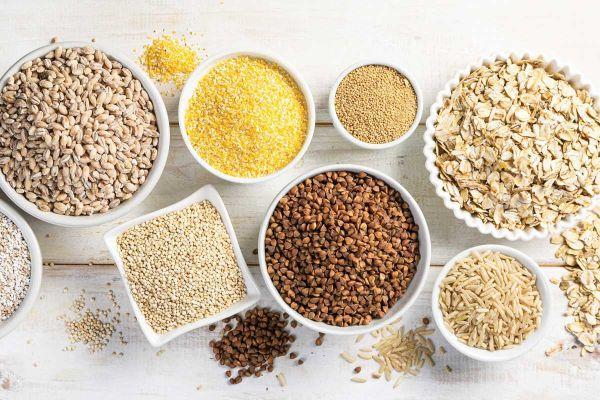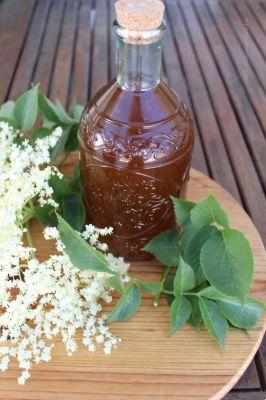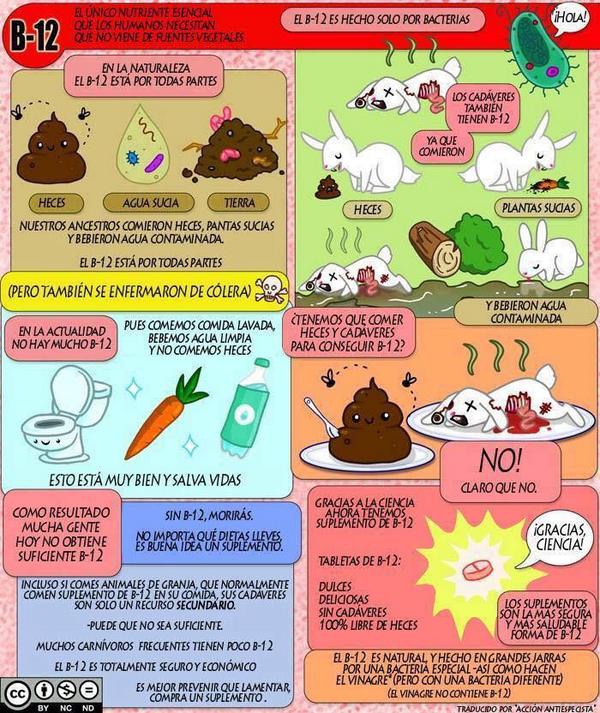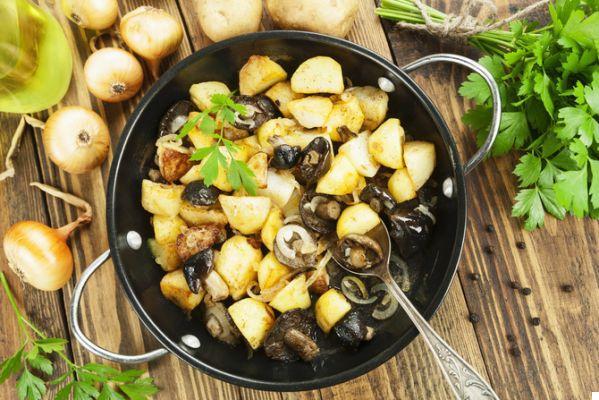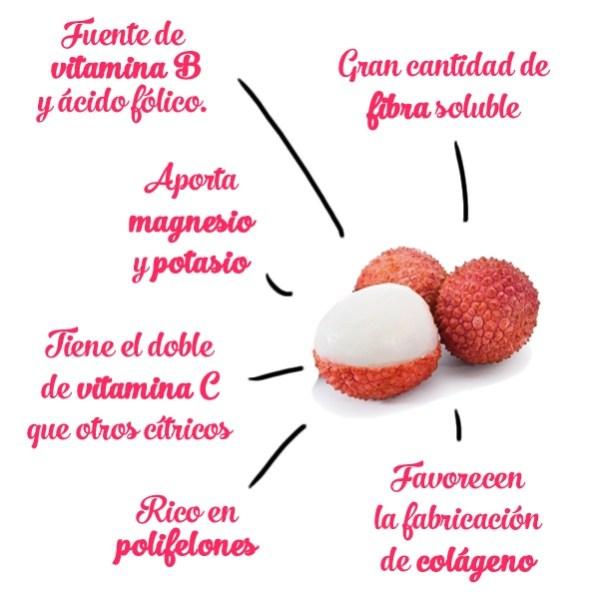
Il litchi (Litchi chinensis), a fruit originally from China, is rich in vitamin C, minerals and antioxidants and is useful in preventing chronic diseases such as cardiovascular disease, cancer and type 2 diabetes.
Let's find out better.
- Description of the fruit
- Litchi, ally of
- Calories, nutritional values and properties of lychee
- Contraindications of lychee
- How to eat lychee
Description of the fruit
Lychee (Litchi chinensis) is a small tropical fruit of Chinese origin, characterized by a wrinkled inedible peel, with a red-pink color, which surrounds a whitish pulp, with a sweet and floral flavor.
Litchi, ally of
- Cardiovascular system;
- Sugar metabolism;
- Longevity.
Calories, nutritional values and properties of lychee
In 100 g of lychees we find:
- 66 kcal
- 0,8 g protein
- 0,4 g fat
- G carbohydrates 16,5
- Sugar 15,2 g
- Fiber 1,3 g
In addition, the lychee is rich in:
- Vitamin C: One 150g serving of lychee is enough to cover the entire vitamin C requirement of an average adult!
- Copper: A 150g serving of lychee covers 16% of the daily requirement of an average adult.
- Potassium: A 150g serving of lychee covers 6% of the daily requirement of an average adult.
THEhigh copper and potassium content makes it important for cardiovascular health.
Not only that, lychee is rich in antioxidants.
Between these:
- Epicatechina: a flavonoid that reduces the risk of cardiovascular, cancer and type 2 diabetes.
- Routine: a flavonoid that reduces the risk of chronic diseases, such as cancer and diabetes 2.
- Oligonol: blend of antioxidants derived from lychee and marketed as a supplement to combat fatigue and inflammation.
THEhigh content of antioxidants make it useful in preventing inflammatory states and chronic diseases associated with cellular aging, such as cardiovascular disease, cancer and type 2 diabetes.
Contraindications of lychee
There are no contraindications in moderate consumption of lychees.
How to eat lychee
Lychee can be used for the production of creams, jams, ice creams or sorbets, but it is mainly consumed fresh. It is sufficient to peel the fruit completely and consume the juicy pulp paying attention to the seed.
Is essential choose the fruits at the right point of ripeness: brown spots and excessive softness are a sure sign of a fruit that is no longer fresh.
The period for purchase and consumption is from November to January and then comes back in April. The shelf life of lychee fruits reaches up to two weeks, both at room temperature and in the fridge.
READ MORE
The properties and benefits of acai berries
Bibliography and sources
FoodData Center - USDA
Copper deficiency and heart disease: Molecular basis, recent advances and current concepts, The International Journal of Biochemistry & Cell Biology
Health effects of sodium and potassium in humans, Current Opinion in Lipidology
Daily polyphenol intake in France from fruit and vegetables, The Journal of Nutrition
Phenolic profiles and antioxidant activity of litchi pulp of different cultivars cultivated in Southern China, Food Chemistry
Rutin : therapeutic potential and recent advances in drug delivery, Expert Opinion on Investigational Drugs
Preparation, characterization, and antioxidative effects of oligomeric proanthocyanidin-L-cysteine complexes, Journal of Agricultural and Food Chemistry
Amelioration of abdominal obesity by low-molecular-weight polyphenol (Oligonol) from lychee, Journal of Functional Foods
Supplementation with a flavanol-rich lychee fruit extract influences the inflammatory status of young athletes, Phytotherapy Research





